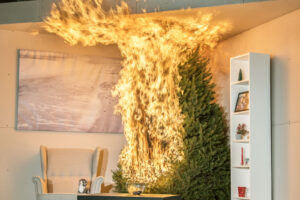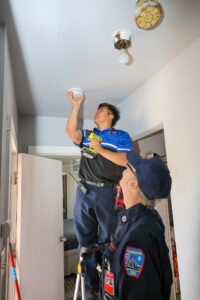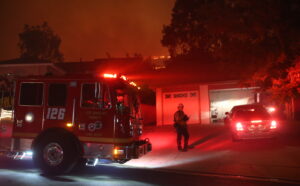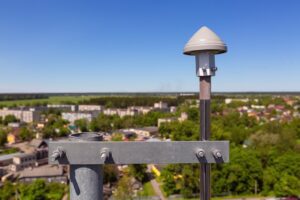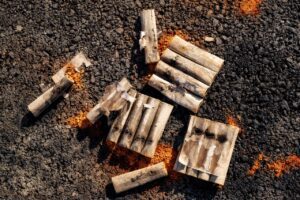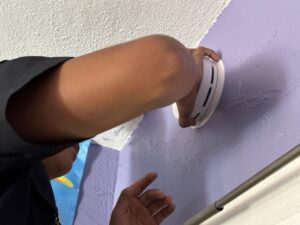If you’re in the 4th thru 6th grades, you weren’t even a glint in your parent’s eyes when the Northridge earthquake occurred. In fact, your parents might not yet have reached the 4th grade themselves when the valley was rattled and buildings shook – and in some cases collapsed.
So, if you’re an elementary or middle school student, you’ve never experienced a significant earthquake. Never. That means you have NO IDEA what a big earthquake feels like or how destructive it can be. Whatever you thought it would feel like… well, it’s a gazillion times bigger than that.
Should you be scared?
Not now.
If you work with your family to prepare for the next big earthquake, then when it happens (and it will happen!), you’ll be less frightened because you’ll know what to do.
So, what should you do?
Getting ready for an earthquake can be fun. Really! Think of the different things you do to get ready as projects. Projects are fun, right?
So, the first step is to get your parent’s attention. Tell them, “Hey, parents! We’ve got to prepare for an earthquake!” It doesn’t matter if you have a mom, a dad, an uncle, or any combination of adults who care for you — you need to get the attention of the family you live with.
Project one: Make a Plan.
You need to create a plan on how to get out of your home. You also need to know where to go if you evacuate.
Learn about making a plan here: escape plans.
For this project, you get to draw your house, the area around your house and so on. It’s going to be fun!
Project two: Build a quake GO kit.
Now that you have a plan, you need to create an earthquake readiness kit. This is the basic kit you’ll turn to right after an earthquake. Here is the list of items you should consider for your quake kit:
One pair of old shoes – you’ll want these so you don’t accidentally step on broken glass or other fallen items after an earthquake.
A whistle – You can buy one of these for a dollar. A whistle can help rescuers find you if you’re trapped.
A flashlight – you can buy one of these for a dollar as well! If a fire or earthquake occurs at night, you need to be able to see. By the way, try to find one with LED lighting – it will last much longer and use less power than a traditional “bulb” flashlight.
A lightweight jacket – it might be cold, and you might be away from your house for more than a few hours.
A battery powered radio – this is how you’ll get the latest information you and your family need. This type of radio can be found for just a few dollars, and don’t forget to have some extra batteries as well.
Bonus Items:
There are a few additional items that would make your kit super beneficial, and you get extra MySafe:LA readiness points if you can add these items:
An extra set of keys for the house and your family’s vehicles – keys tend to get lost when we’re in a hurry, right?
A small first aid kit – in case someone gets a cut or needs some minor medical attention. Who knows? You might need to help a neighbor who forgot to put shoes on after an earthquake and cut their foot! Be prepared, right?
Some extra cash – money is very important, and we all know that just putting money aside is not easy, but if your family can put $50 in each GO bag, you’ll be able to get basic supplies if there is an emergency. Put the money in an envelope and seal it. Don’t use it for holiday gift purchases or that X-Box game you want.
A blanket. Just in case.
Your parents should also put some materials together that are important for the family – including an extra credit card or ATM card, a list of medications that anyone in the family might need, child care materials, and of course anything your pets might need to keep them calm if the family evacuates for any reason.
These are all important things to have in your GO kit. Now, it’s time to ensure you get that kit put together!!!
Shortly, we’ll share another story about creating a post-earthquake survival kit for you and your family. And, if you have questions, post them here and we’ll make sure to answer them for you! Be safe out there!


